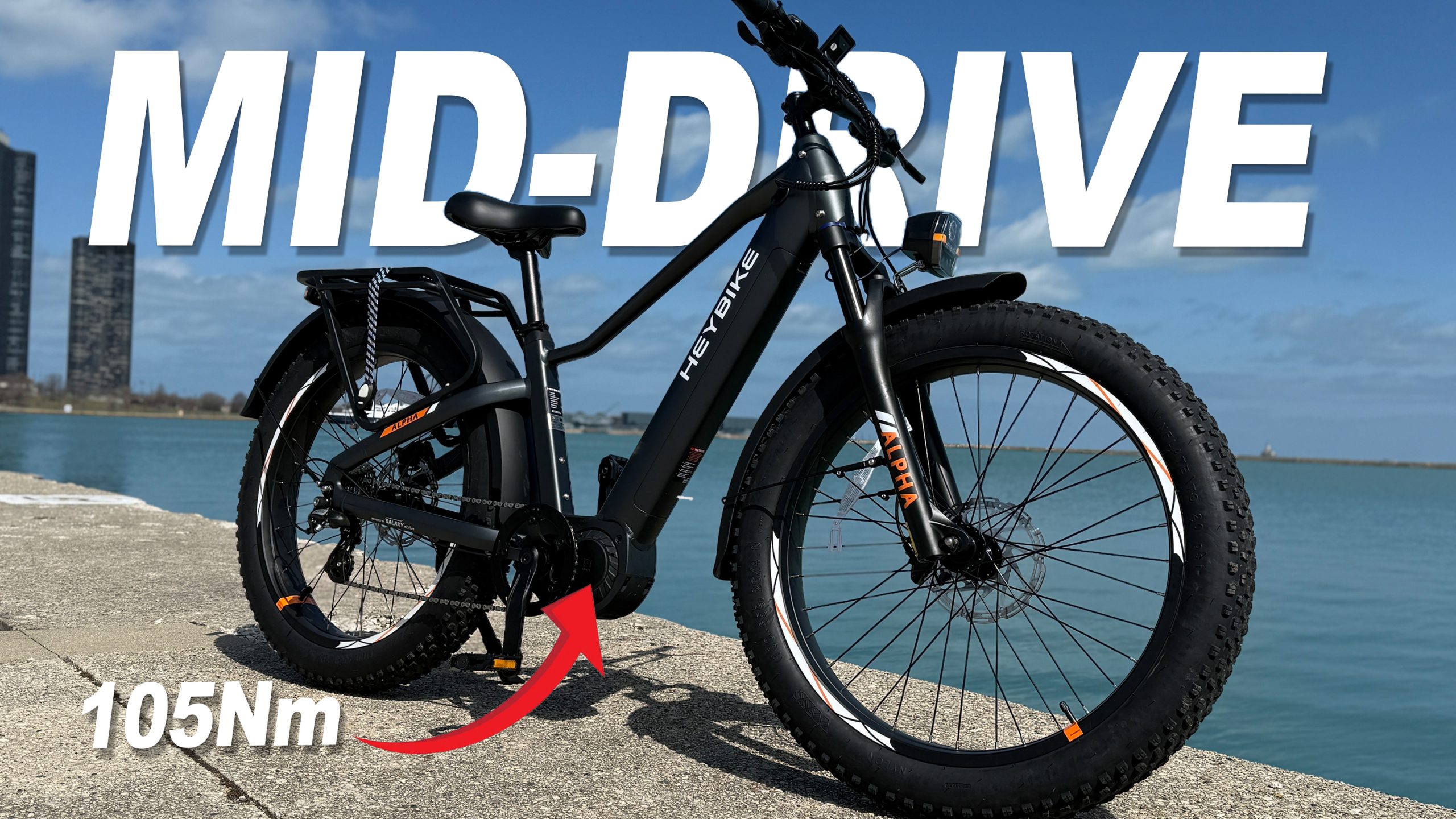Aventon Aventure: Brake Lever Bleed
Aventon Aventure: Brake Lever Bleed
Is the brake lever squishy on your hydraulic brakes? I show you had to do a brake lever bleed using my Aventon Aventure.
“If you have an Aventon bike that has hydraulic brakes on it and yours have become mushy, I’m going to show you how to fix it with this universal kit that I bought from Amazon.”
Previous Experience with Brake Bleeding
- Scott had previously taken his bike to a local bike shop to have his brakes bled for $30, but a month later, he needed to do it again.
“The first time I had issues with my brakes, I ended up taking it to a local bike shop and they charged me 30 bucks to get to bleed my brakes basically, and although that was a great idea, it seemed like a month later I needed to do it again.”
Universal Brake Bleeding Kit
- Scott initially bought a kit for Shimano brakes, but the cap would not screw into the actual brake on his Aventon bike.
- He then purchased a universal brake bleeding kit from Amazon that has various fittings for different brake types.
- It is important to find the correct fitting for your bike’s brakes before starting the bleeding process.
“I ended up getting this universal one on Amazon just because it has all these different fittings. Look at all the options that we have for the different connectors for your brakes. So, I’m pretty sure that no matter what kind of brakes you have, this is going to work for you, but you have to figure out before you start this whole thing which one is going to be the correct one for your bike.”
Required Tools
- Your bike should have come with a set of Allen keys, but those won’t be helpful for bleeding the brakes.
- You will need a star key for unscrewing the brake lever cap.
“Now, your bike should have come with a set of Allen keys, and I can tell you right now that none of those are gonna work or be helpful for bleeding your brakes or bleeding your brake lever. You’re gonna need a star key like this.”
Preparing the Brake Lever
- Make sure your bike is level by placing it on a piece of firewood or similar object.
- Unscrew the cap on the brake lever using a star key, keeping the o-ring attached and in a safe place.
- Test different plugs from the universal kit to find the correct one that fits your brake lever.
“The first thing you need to do is, number one, make sure your bike is level. I have set mine on a piece of firewood to level it up. And you’re gonna take you use your star key, you’re going to unscrew this cap. You’re going to want to make sure you keep the o-ring with that bolt, do not lose it, and then put it someplace safe. Now you want to try these different plugs to see which one… Oh, see, that’s too small. It’s going to screw into your top. That one’s too big. This one is just right.”
Connecting the Bleeding Kit
- Insert the correct plug into the brake lever.
- Attach the cup provided with the kit to the plug and secure it with the cap.
- This assembly should stay connected to the brake lever at all times.
“Now that you’ve found the correct one, you’re gonna take this cup and stick that in there like that, and you put this cap on it so that it doesn’t unhook, and then you should be able to keep this together all the time, and now, there you go, you have the one that’s going to be perfect for your bike and your brake setup.”
Fluid Preparation
- There are two ways to proceed with fluid preparation: put the fluid in first and then screw in the connected assembly, or screw in the assembly first and then add the fluid.
- Ensure that the little stopper inside the connected assembly is pushed all the way down before adding fluid.
“Now you have two ways of doing this: you can either put the fluid in first and then screw this in, or do it the way I do it and I screw this in first, then I put in the fluid. Now do you see that little piece right here? There’s a little stopper, and you gotta make sure that that’s in there and pushed all the way down before you start either one of the processes, before you start putting fluid in there.”
Bleeding the Brakes
- Spin the little stick slightly while pulling it out of the connected assembly to avoid fluid splattering.
- Start pumping the brake lever to remove air bubbles and allow the fluid to flow into the brake line.
- Clamp the brake lever and tap the line to get rid of any remaining air bubbles.
“Now you’re gonna spin this little stick a little bit as you wanna and as you do that, you’re kind of pulling it out so it doesn’t just shoot stuff all over the place. Boom, and it’s out, and we are ready to bleed. And now that you’ve got that connected and the stopper out, you just start pumping it, and look, see the little bubbles, it’s getting rid of the air, the fluid’s going down, so it’s going into the line. My brake is getting tighter, I can tell already, and you can actually clamp the brake and then tap the line, get those air bubbles out.”
Final Steps and Conclusion
- Replace the stopper in the connected assembly, unscrew it, and wipe off any fluid leakage.
- Secure the cap back on, ensuring there is fluid all the way to the top.
- Scott mentions the importance of changing the hydraulic fluid when it becomes dirty and provides the link for the universal kit in the video description.
“When you have it the way you want it, just go ahead and put that little stopper back in, unscrew it, and there should be fluid all the way at the top. Secure your cap back on, and it’s going to leak, you’re going to leak a little fluid. Yeah, we’re just gonna wipe all that off, and we’re good to go. Time to do the next one. […] Well, that tells me that I need to replace the whole hydraulic fluid anyway, so maybe my next video will be about that. But that right there, you can do it on your bike, and it’s a quick, easy fix. It’ll keep you going. And when it gets dirty like that, you need to change out your hydraulic fluid.”







